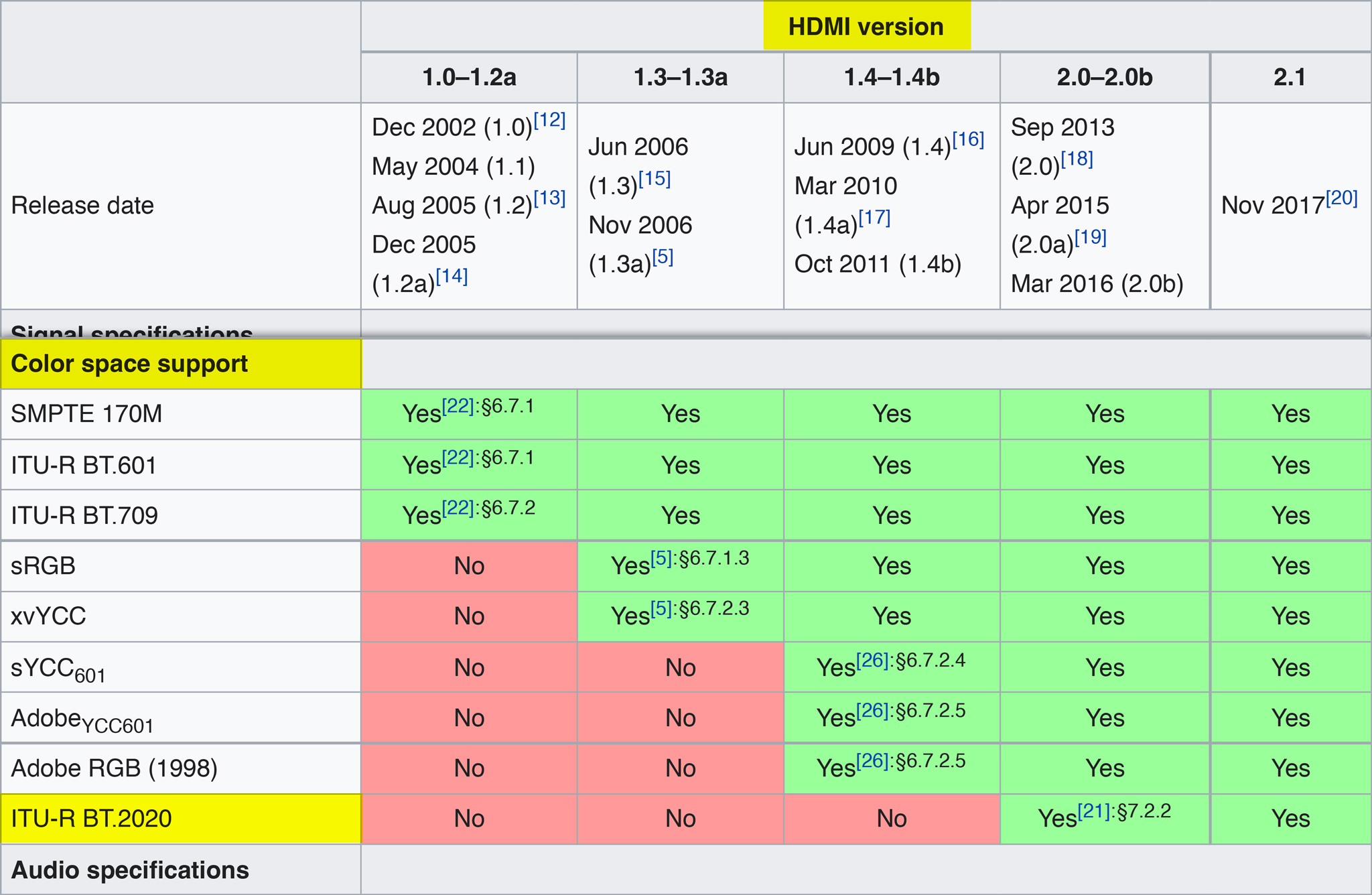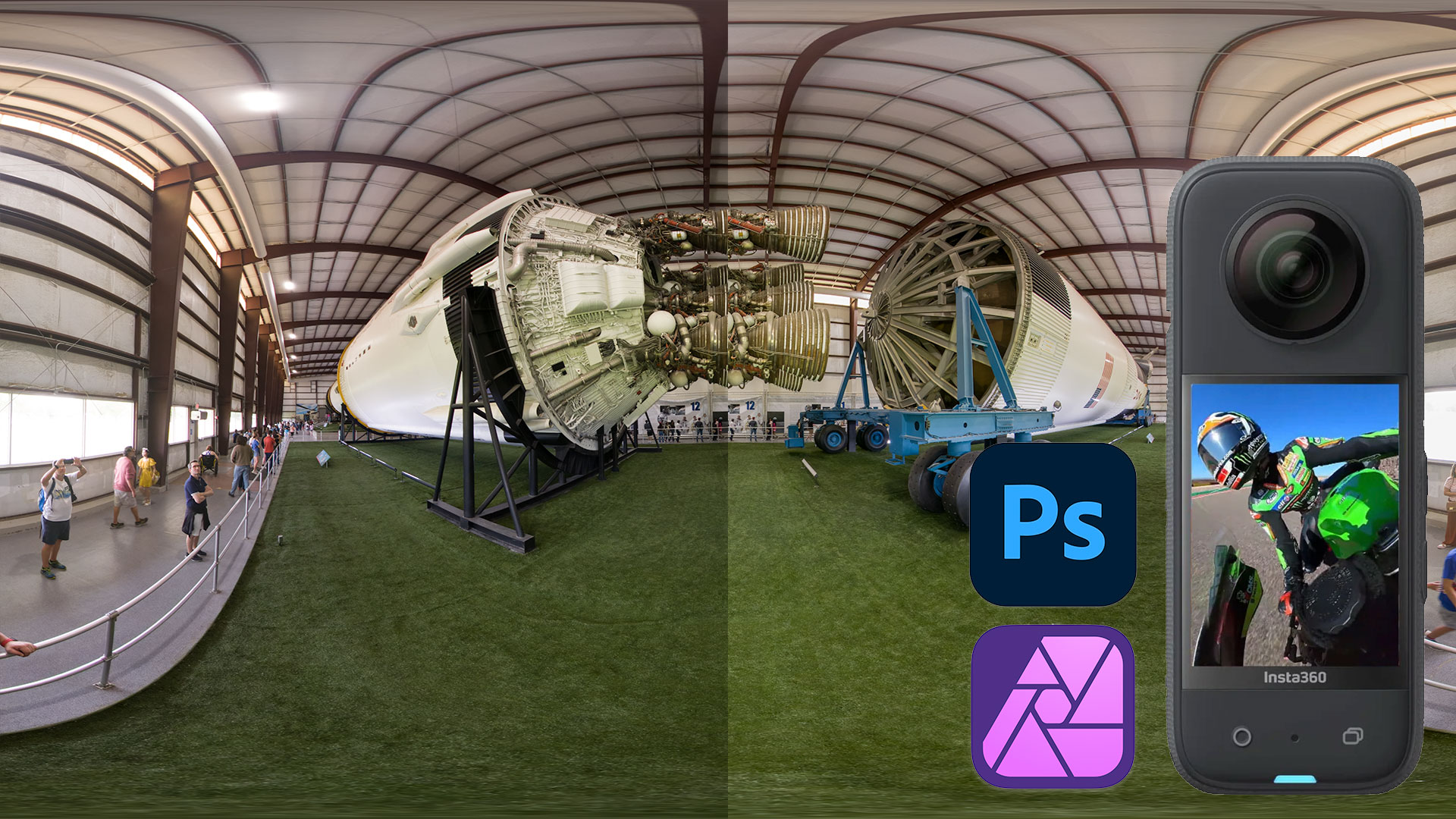No Cinema Gamut trough HDMI
May 3, 2024 Update: It appears that this is a Canon made limitation, some users have reported that the C70 is able to output C-Log 3 with Cinema Gamut trhough HDMI.
The EOS cameras that have Cinema Gamut as a Color Space option, cannot output Cinema Gamut trough HDMI, I have covered this issue several times in previous articles believing that the footage had issues with the color space:
- EOS R5 + Atomos Ninja V… a thorough analysis, and how to set-up
- EOS R5 + Atomos Ninja V, using C-Log 3 and DaVinci Resolve
- EOS R5, C-Log 3, Ninja V and Resolve
- Decoding C-log on the EOS R5 and Resolve 17
In the online community, only Todd Dominey addressed the issue in YouTube, and as me, he also believed that there was an strange color shift while applying the LUT, but after some tests I found that the externally recorded footage that looked bad with the Cinema Gamut LUT, look right with the BT.2020 LUT, so I looked online just to find that Canon finally address the issue in the EOS R6 Mark II user manual, which clearly states that even though you can select “Cinema Gamut” in their menu, it will only use Cinema Gamut with internal recordings, the HDMI output will always be Rec/BT.2020 if the connected device supports it:

Now, on a previous article I showed that the HDMI standard didn’t support Cinema Gamut, but why in the world Canon didn’t clearly state in any of the previous user manuals that the HDMI output uses Rec/BT.2020 with Rec/BT.709 as a fallback in older devices? It is astonishing how many acclaimed and well known brands produce products that lack the necessary specs on their user manuals, Sony, Canon, Atomos, etc. And this rises more questions:
- How many LUT vendors provide LUT packs for the Atomos Ninja V (and similar monitors) + EOS R series, using Cinema Gamut as the color space? Considering that the HDMI standard does not allow this space and use Rec/BT.2020 instead.
- How does the Sony FX30 manages to output S-Gamut3.Cine/S-Log3 with Rec/BT.2020 trough HDMI? Considering that is a wider color space?
The only way to have Cinema Gamut on an Atomos Monitor/Recorder in combination with an EOS camera like the R5 is by enabling RAW recoding on both, but now you have to deal with Apple ProRes RAW which isn’t compatible at all with DaVinci Resolve, a workaround is to use Adobe Premier or Final Cut to convert the RAW footage to ProRes HQ using C-Log 2 and Cinema Gamut, not to mention the crop if you don’t have the Ninja V+, a total waste of time and money.
And what about live performances, recording in ProRes HQ or monitoring? Cannot use Cinema Gamut at all, just Rec/BT.2020, unless the camera is set to RAW and Ninja V is set to ProRes RAW, then the Ninja can output the HDMI signal in Cinema Gamut or enable a LUT to correct from the monitor.
At least, now I know that if for some reason I record some external footage using Cinema Gamut, the Rec/BT.2020 LUT will work without any problem, well, a slight color shift, but that shift is always present, even while selecting Rec/BT.2020.



I’ve encountered the same problem when trying to create a custom monitoring Lut in Davinci Resolve for my R5, tried several combinations and it always looks oversaturated on my monitor, I just don’t get where is the problem, even the Canon provided Lut doesn’t look right, until I loaded the Leeming Lut which is designed for 709/C-log3, the color is spot on, but still I can’t believe that the R5 won’t output Cinema Gamut until I found this article. Thank you for getting me out of this endless circle.